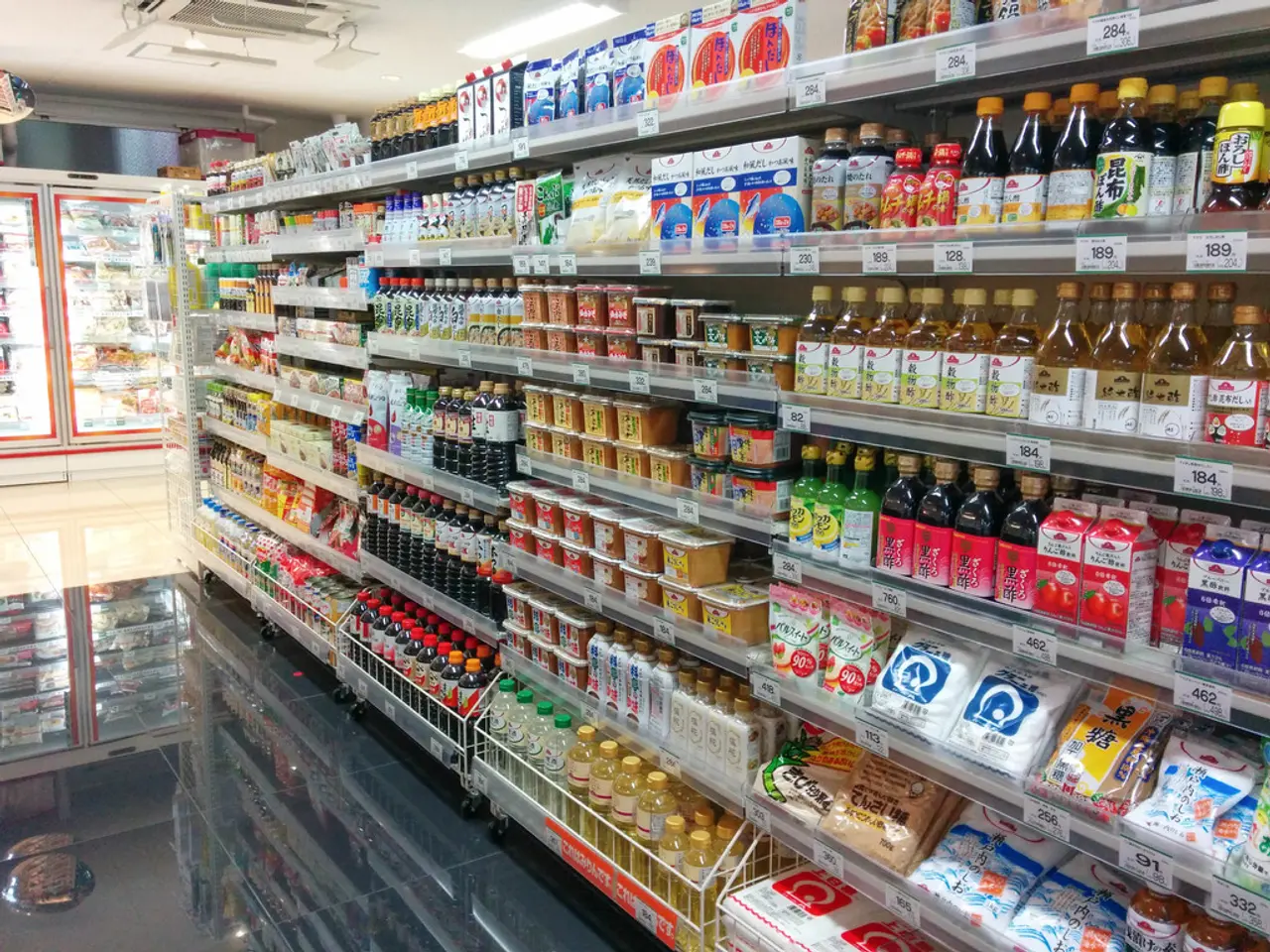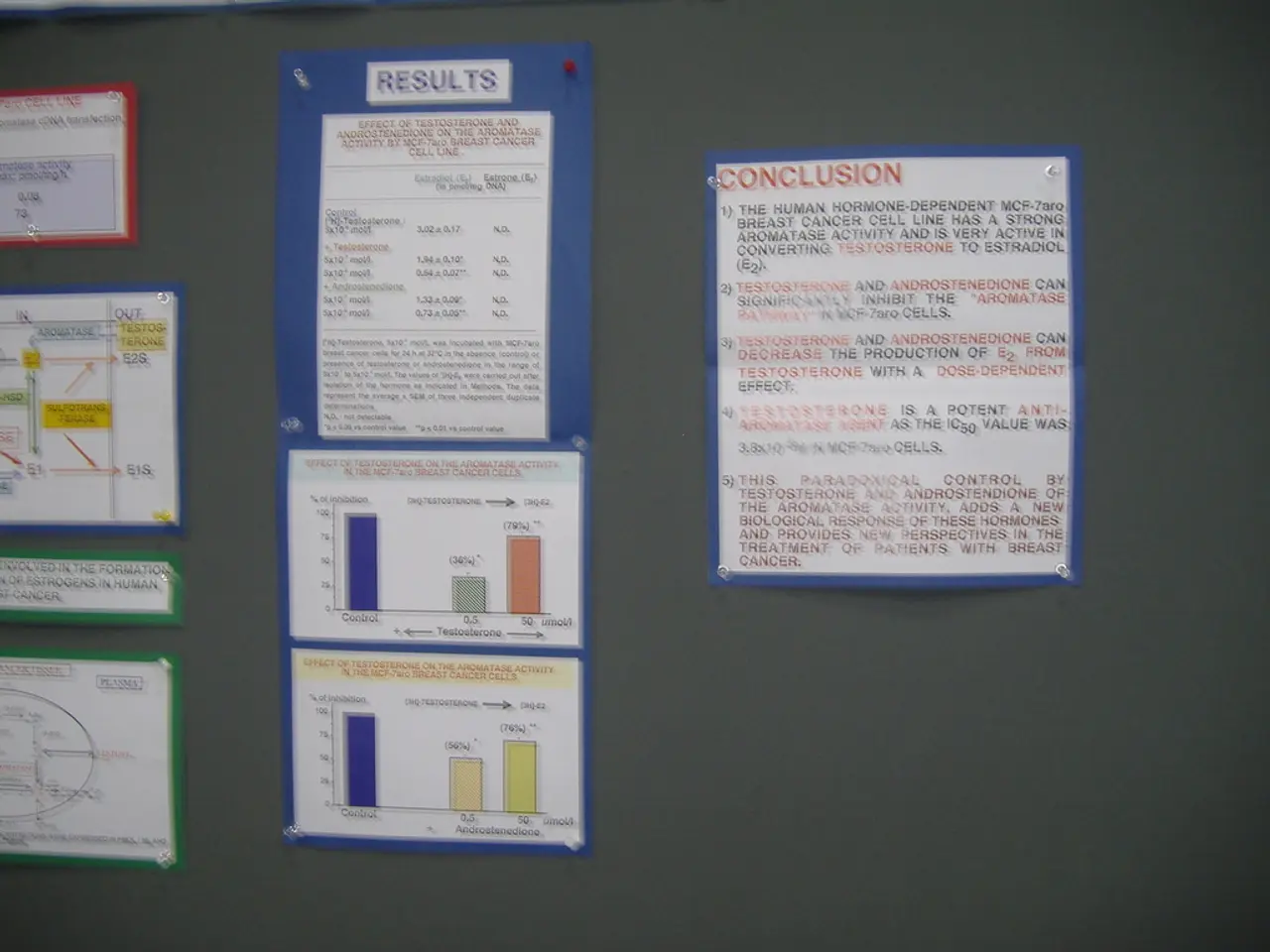City leaders in HCM City and Đà Nẵng intensify preparations for the International Finance Corporation's arrival
The Vietnamese government has announced the establishment of the International Financial Centre (IFC), aiming to create a modern, sustainable, and innovative financial hub in Ho Chi Minh City and Da Nang. The IFC, as outlined in the National Assembly's Resolution No. 222/2025/QH15, aims to elevate Vietnam's position in the global financial value chain, attract foreign investment, technology, and high-quality workforce, and foster development in fintech, green finance, digital assets, and other advanced financial services [1][2][4].
Key Features and Goals of the IFC
- Dual-location model: The IFC will operate under a "one center, two destinations - dual locations" model, with functional bodies based in both Ho Chi Minh City and Da Nang to leverage the unique strengths of each locality [1][4].
- Comprehensive financial ecosystem: The IFC will host a wide range of financial products and services, including equities, bonds, derivatives, fund management, insurance, banking, foreign exchange, green finance, carbon credits, fintech, digital assets, and others as regulated by the government [1].
- Inclusive membership: The IFC will be open to eligible financial and nonfinancial institutions, consulting firms, investment funds, fintech and digital asset companies, creating a diverse membership base supporting a broad financial market ecosystem [1].
- Legal and regulatory framework: A first-of-its-kind legal framework tailored for the IFC will be established, inspired by international best practices particularly in new fields like fintech, green finance, and digital assets, emphasizing digitalization, innovation, and AI [1][3].
- Governance and oversight: A steering committee headed by the Prime Minister has been formed to direct strategies, coordinate development, ensure unified operation and supervision, and supervise the IFC’s smooth operation [2][3][4].
- Incentives and breakthrough mechanisms: Competitive policies and special mechanisms will be introduced to support the IFC’s swift and sustainable development, including tax, investment, and operational incentives adapted to Vietnam's conditions [1][3][4].
- Modern infrastructure and services: The IFC will be supported by synchronous development of infrastructure and essential services to build a modern financial ecosystem [2][4].
- Timeline and reviews: The IFC is planned to be fully operational by the end of 2025, with scheduled interim reviews in 2030 and 2034 to assess progress ahead of a potential dedicated law enactment [1][2].
The Road Ahead
The IFC's creation under Resolution No. 222/2025/QH15 focuses on building a legally robust, digitally advanced, and internationally competitive financial center through dual locations, diverse offerings, innovative governance, and incentive policies to boost Vietnam’s global financial integration and economic development [1][2][3][4].
Prime Minister Phạm Minh Chính has emphasized the importance of the IFC, stating that it is strategically important for attracting foreign investment, technology, and a high-quality workforce, which will boost Vietnam's economic development and competitiveness [9]. The PM has also called for new policies for the IFC's development to be disruptive and greatly preferential [8].
The National Assembly's Resolution No. 222/2025/QH15 on the IFC was signed recently and will come into force on September 1 [5]. An action plan has been issued for the implementation of the IFC, with the centre expected to be completed and operational by the end of 2025 [6].
The PM has also commended the support of businesses and international friends and has emphasized the need for continuous collaboration with financial organizations in Vietnam and around the world, learning from other countries' experiences, and regularly updating and improving the institutional framework for the IFC to ensure new, competitive mechanisms [7].
The 729ha IFC will span across Sài Gòn, Bến Thành, and Thủ Thiêm wards, and feature an urban administrative agency, exhibition conference centre, planning information centre, and other facilities [3]. The PM visited the site for building the IFC in Ho Chi Minh City after the conference, marking a significant step towards the realisation of this ambitious project.
References:
- Vietnam News
- Vietnam Investment Review
- VietnamPlus
- Vietnam Insider
- VietnamPlus
- VietnamNet Bridge
- VietnamPlus
- Vietnam News
- Vietnam Insider
- The Vietnamese government's decision to establish the International Financial Centre (IFC) showcases an intent to leverage technology and foreign investment in Vietnam's business sector.
- The government's comprehensive legal framework for the IFC will emphasize innovation and AI, positioning it as a hub for fintech and digital assets.
- The dual-location model for the IFC in Ho Chi Minh City and Da Nang aims to attract a high-quality workforce, boosting Vietnam's competitiveness in the global financial war.
- The IFC will foster advancements in green finance and carbon credits, aligning with government efforts to prioritize sustainable business practices.
- To support the IFC's development, the government will implement disruptive and preferential policies, providing AI-driven updates in the IFC's legal and regulatory framework.




